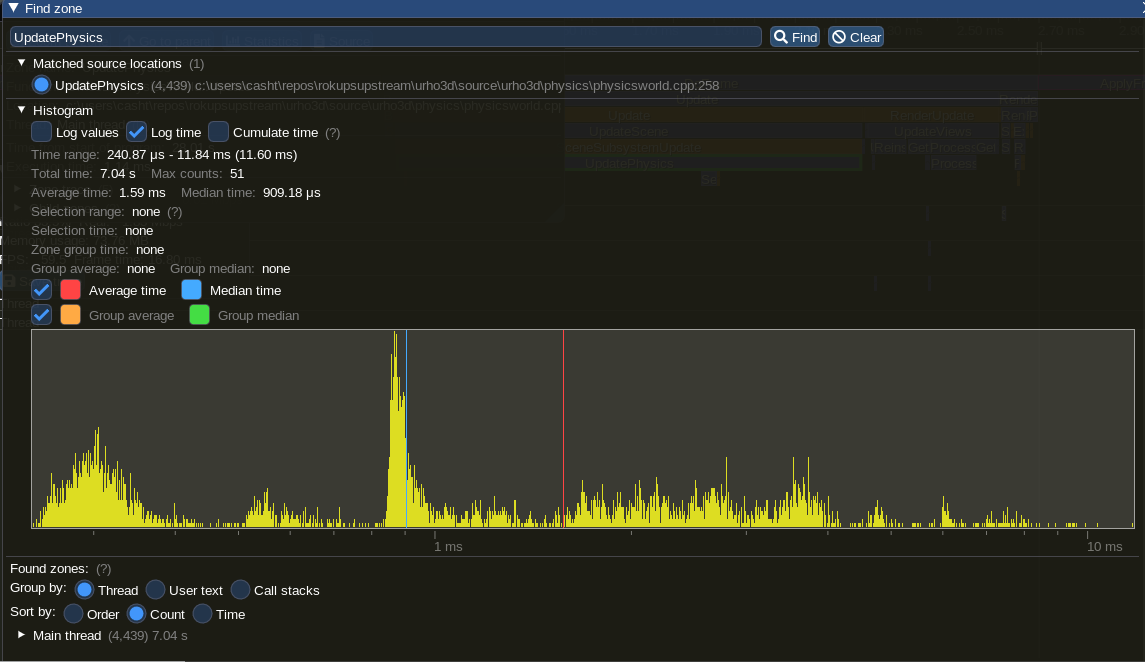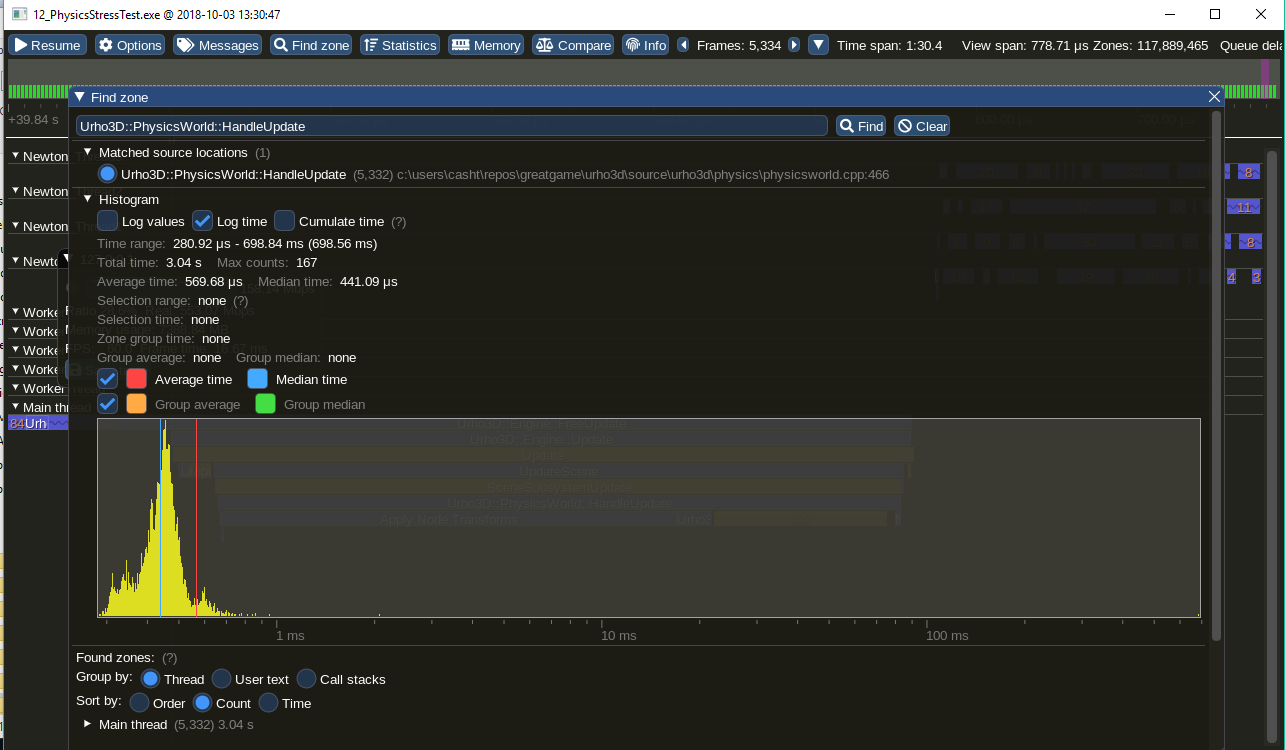newtondynamics.com/
github.com/MADEAPPS/newton-dynamics
While Bullet works fine for simple scenarios, but once more complex things are needed it performs poorly.
Bullet has a maddening trait which is collision margins:
Using 0 collision margin breaks raycasts and convexcasts, and possibly more things, so it isn’t really an option.
Collision margins create rounded corners. For example with character controllers it breaks combining maximum climb slope and auto stair stepping algorithms, because stairs are now round and have portion of steep slope.
It causes small unexpected bugs too. For example my monster AI code has ledge detection that first checks if the monster stands on the ground, and because of collision margins it always missed. I solved it my moving the raycast up by the collision margin length.
Also the roundness only apply to some of the shape-shape collision combinations (which is btw not documented and only explained in
this video
).
Bullet also uses force based recovery from penetration, which can cause bad behaviors.
It may be the cause of bumping between convex hull floor segments, a body slightly penetrates the floor and bumps into the side of an adjacent floor body. (trimesh has edge connectivity utility that deals with that, but not convex hull)
I’ve observed small bodies getting pulling in between adjacent bodies like stairs, for example: youtube.com/watch?v=2QVRYrcqrdE
Also, while trying to implement a character controller with advanced features (more than just pushing a rigid body), I’ve run into a lot of problems, and most of them led to catch-22’s with some broken feature in Bullet. for example:
- Using 0 margin to avoid round stairs breaks ray/convex casting.
-
Using setContactProcessingThreshold(0) to
avoid bumps between floor segments
causes unstable collision with walls.
I haven’t seen a single advanced character controller which works properly in Bullet (The sample one that comes with Bullet doesn’t even handle recovery from penetration properly ).
I find Bullet unsuitable for games which have complex environments, or require an advanced character controller, and those are quite general cases.
I don’t know how Newton Dynamics compares to Bullet, but AFAIK it doesn’t use collision margins which is a huge advantage over Bullet, so maybe it could properly handle things Bullet can’t.
Did anyone use Newton Dynamics, especially recent versions? Are there any problems with it?
I also wonder if physics engine choice could be abstracted under Urho’s Physics API?
If not would it be similar like choosing between Lua and AngelScript?














